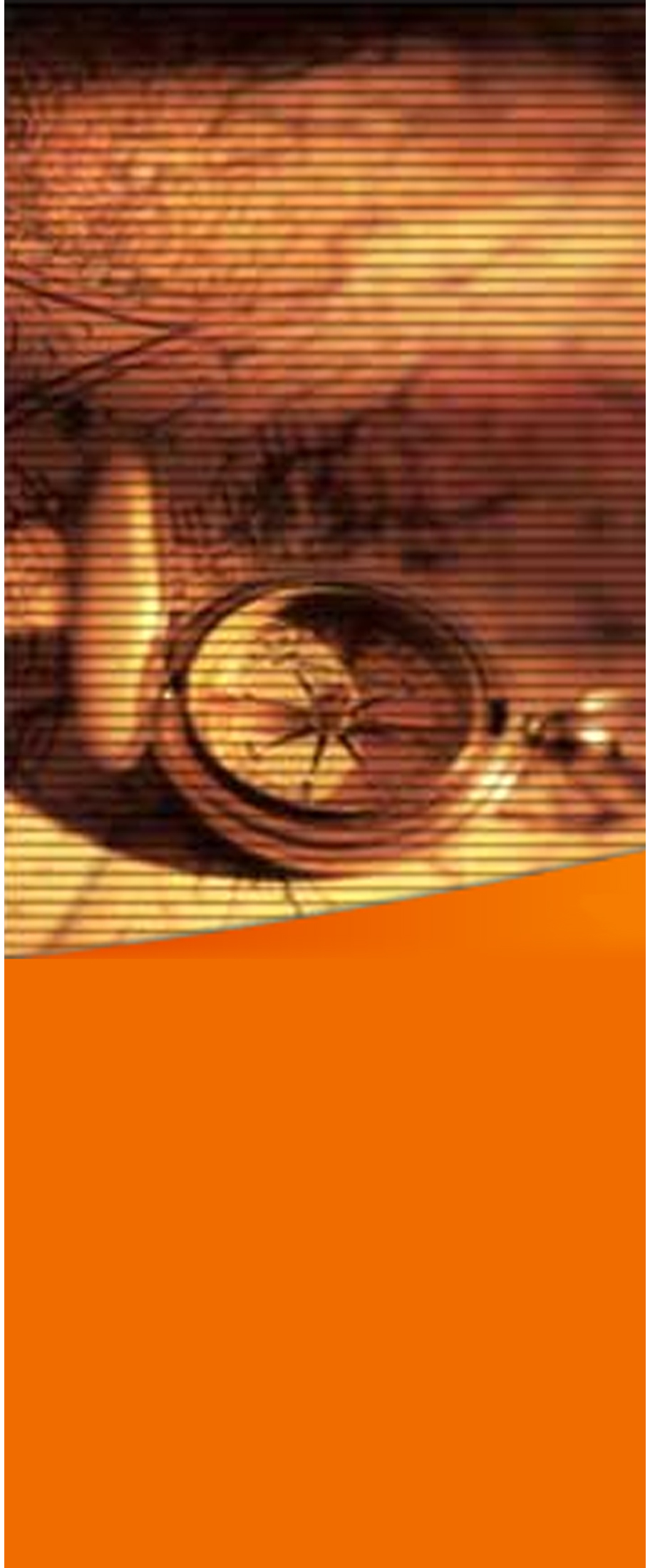
Close Window to Exit
Success Strategies
First Edition, Volume I: August 2006
Part II- English Language Grammar Primer & Exercises
THE PREDICATE
The predicate is everything that the complete subject is not. In other words, once you’ve identified the subject, everything else in the sentence is the predicate. The predicate, which tells us what the subject did and how, where, when and why, normally follows the subject. However, the placement of the predicate within a sentence depends on what the author wants to emphasize.
Examples: A scruffy dog and an emaciated cat have taken up residence under the porch.
By the light of the moon, by the light of a star, they walked all night from near to far.
He and I are both Masons.
Into the path of the speeding freight train ran the fluffy bunny.
Another common variation of the “subject-followed-by-predicate” pattern occurs in interrogative sentences.
Examples: Which car did you buy?
Where did the bunny run?
Are you cold?
SENTENCE INVERSION
Intransitive verbs give us an opportunity to change the basic subject-verb-object sentence structure via a process called sentence inversion. This method of changing sentence structure is done for emphasis and/or literary effect. The prepositional phrase or subject complement leads the sentence and the subject is at the end (V + S).
Typical order |
Altered order |
|
Mushrooms grow in the woods. |
In the woods grow mushrooms. Dark and dreary was the castle. |